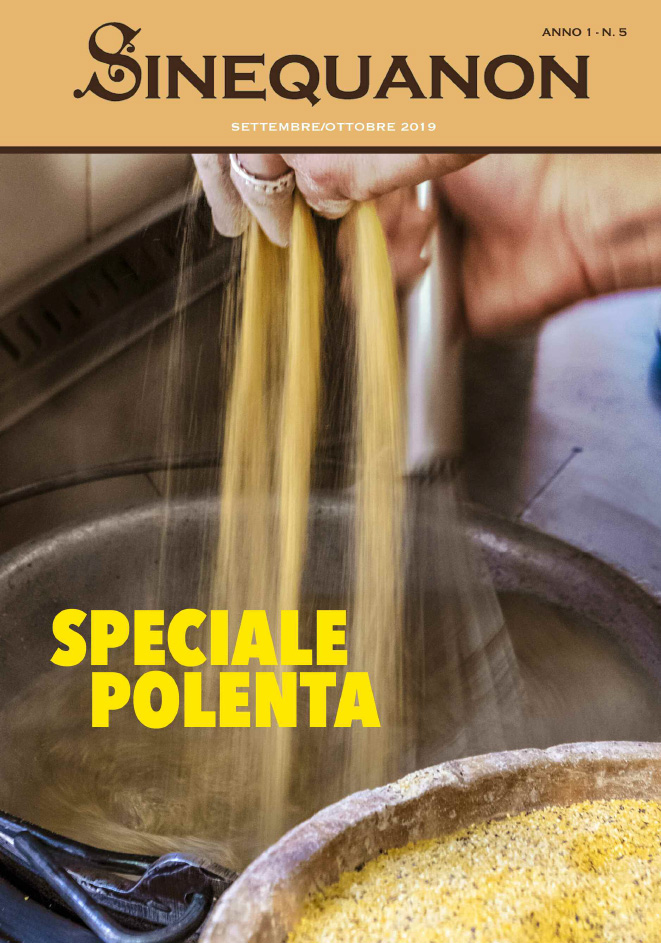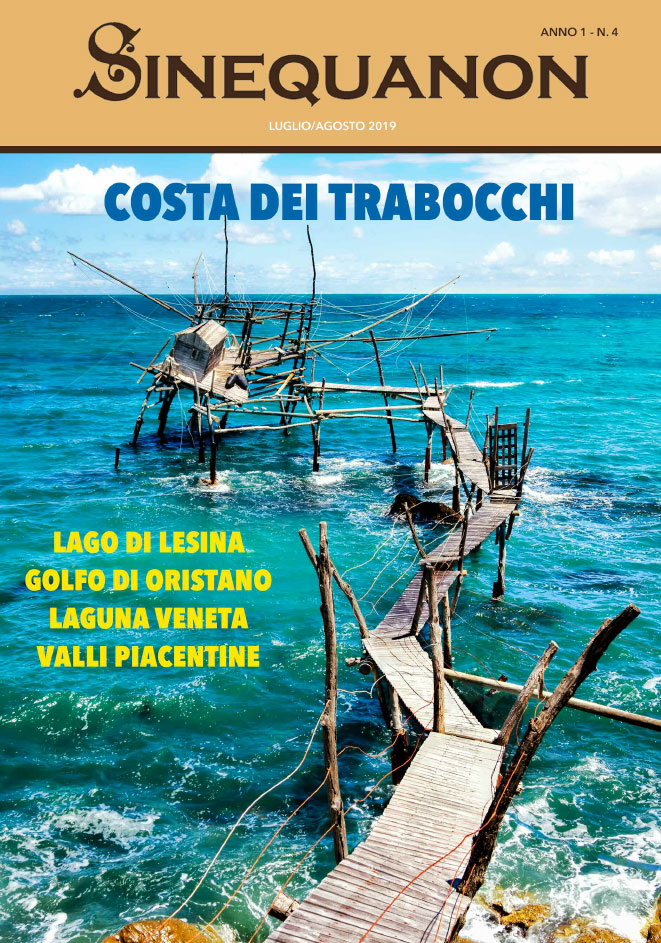PAMELA MCCOURT FRANCESCONE
Mexico?s haciendas are historical buildings, many dating back to the 16th century when they were the residences of the wealthy families which ran the manufacturing companies that produced goods for export as well as the many large agricultural cattle-breeding estates and those where sugar cane, corn and wood were cultivated. But more than homes they were self-sufficient villages with schools, hospitals, churches, irrigation and transport systems and all the necessary facilities for the owners and managers as well as for the workers who tended the fields or toiled in the factories.
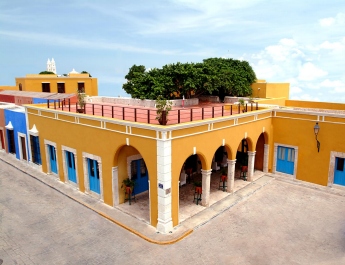
In the nineteenth century Campeche was a centre for the cultivation of henequén, a kind of agave plant from which they obtained sisal, a fibre which was turned into ropes, cables, hawsers and towlines. For the haciendas this was an era of great prosperity. Towards the middle of the century there was even an attempt to produce sisal on a large scale but the lack of machinery to shred the henequén limited this hoped-for industrial expansion. Then, towards the end of the century the production of sisal was revolutionised by the first steam and diesel shredding machines and each hacienda got its characteristic chimney. Many of which are still standing and can be seen to the present day. Just as on many of the properties it is still possible to see the old tracks of the internal railway systems used to transport the plants from the fields and then the bails of dried henequén towards the factory, linking the various industrial and residential parts of the estate. During the First World War the demand for sisal reached an all-time high, and the famous ?green gold? made unheard of fortunes for the landed gentry and for cities like Merida and Campeche.
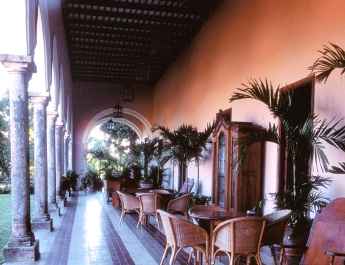
After the Mexican revolution in 1910 the new government introduced agrarian reforms, redistributing the land and heralding in the beginning of the decline of the sisal market. Many haciendas were abandoned and gradually smothered in the exuberant vegetation of the Yucatan peninsula. In recent years some of these buildings and their soaring chimneys have found a new lease of life as they have been transformed into luxury hotels, like the five haciendas of the Starwood Hotels & Resorts Luxury Collection, ?The Haciendas Yucatan Peninsula.? Four of these properties are located in areas of exuberant natural beauty, set in magnificent landscapes among bucolic pastures with age-old trees and forests, while one is in the colonial heart of the capital, Campeche, next to the historic Puerta di Tierra. They are the Hacienda Uayamon, the Hacienda Temozon, the Hacienda San Jose, the Hacienda Santa Rosa and the Hacienda Puerta Campeche.
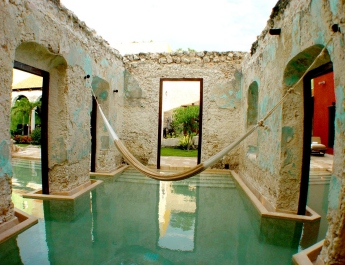
The architects who turned these old buildings into luxury hotels left no stone unturned to maintain as much as possible of the original style of these magnificent properties, conserving intact the atmosphere and grandeur of the spacious and gracious old residences. And for the industrial buildings like the chimneys, store houses and factories they came up with some highly original solutions. For example in the Hacienda Puerta Campeche the swimming pool meanders through the various rooms of the old, roofless store houses while the stately old chimneys proudly soar beside the swimming pools of the Hacienda Uayamon and the Hacienda Santa Rosa.

Inside they have captured the atmosphere of those golden years. The large rooms have high ceilings and tiled floors while the walls are painted in ochres, rusts, blues and oranges obtained using traditional techniques and which captivate for the primitive intensity of the hues. The large beds in the rooms are flanked by traditional hammocks for those who prefer to sleep Maya style, while the magnificent furniture and fittings are original pieces dating back to colonial days.
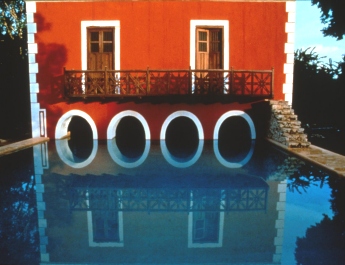
Some of the most striking archaeological sites in Campeche are within hitting distance of the two haciendas in Campeche, the Hacienda Puerta Campeche and the Hacienda Uayamon. These include Ezdna, Hobomo and, although further away, the majestic and magnificent Calakmul inside an extensive 70 square-kilometre biosphere on the borders with Guatemala and which has, in part, been recovered from the jungle, offering visitors a glimpse of the extraordinary competence of the Maya architects and builders, as well as a window onto the fascinating fabric of this great civilization which dates back to over 2000 years ago.

From the haciendas in Yucatan, which are easily reached from the international airport of Merida, it is possible to visit Chichen Itza, the most important city in the Maya area from the 11th to the 13th centuries and other sites like Uxmal, while along the coast there are many small and charming fishing villages like Progreso and Dzilam de Bravo. And then there is Merida, the ?white city? with its splendid colonial architecture and the first cathedral built in the Americas in 1543, for which the Spanish Conquistadores used huge stone boulders taken from the ancient city of T?ho, the old Maya settlement which then became the picturesque capital of the Yucatan.


